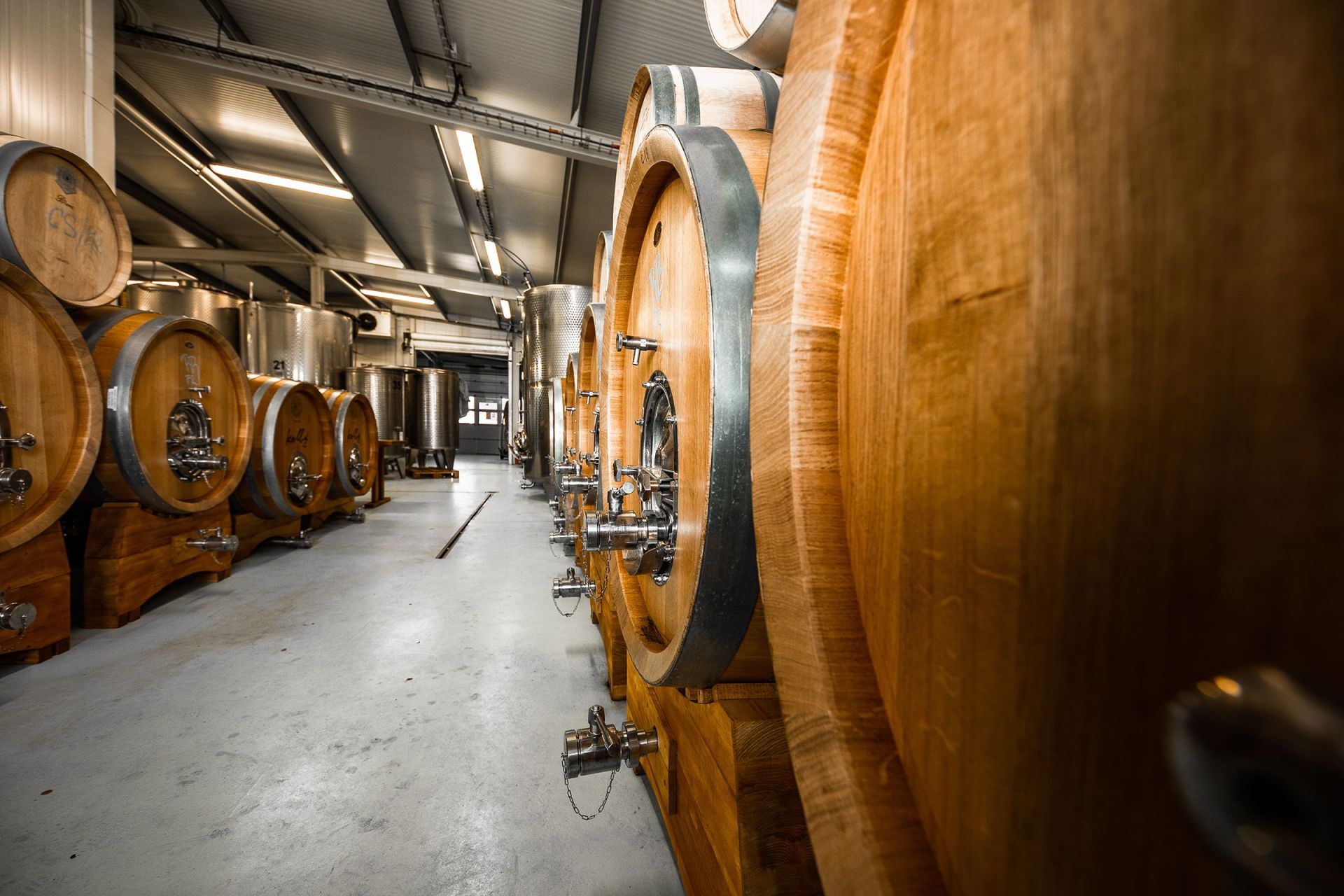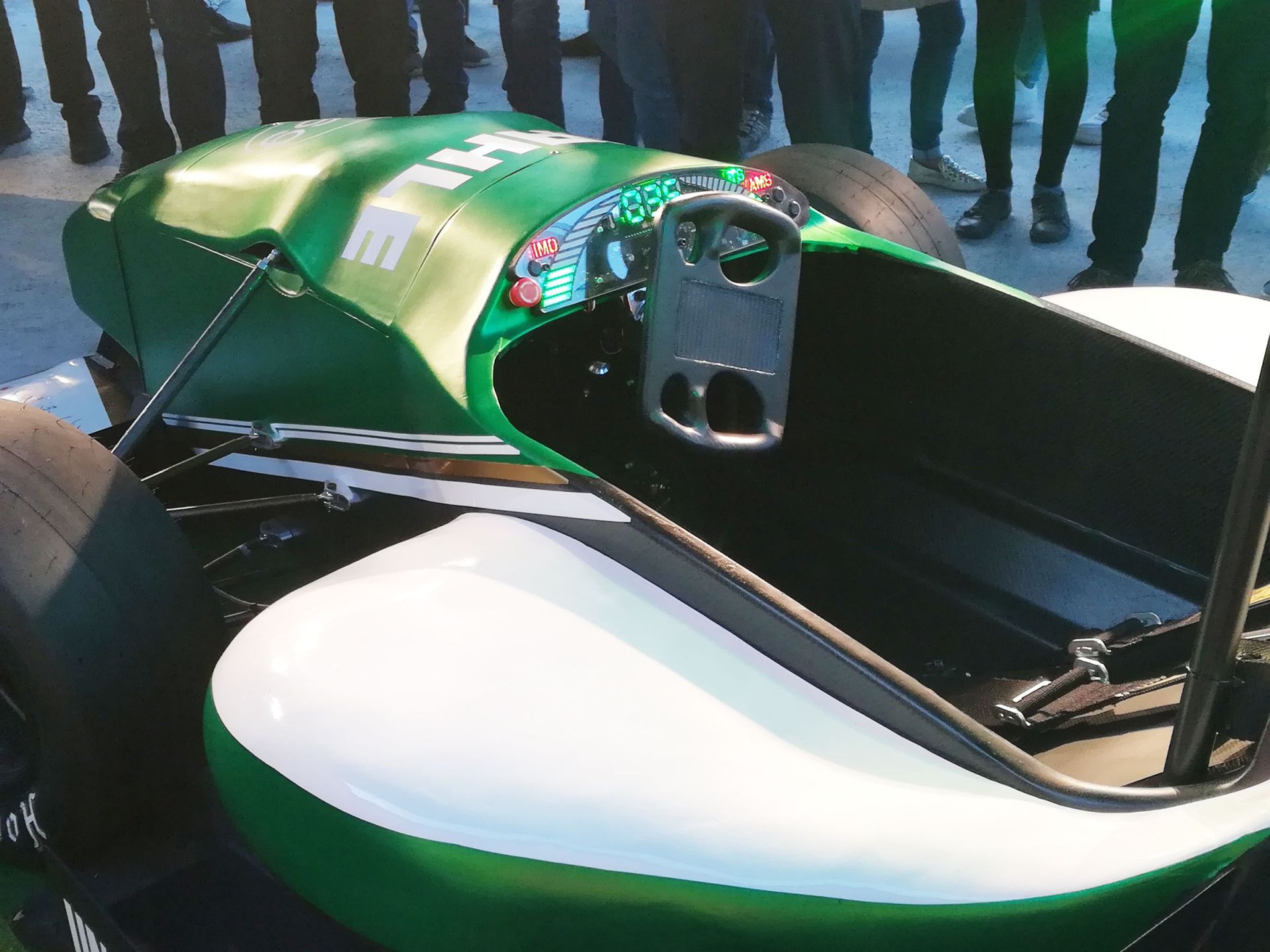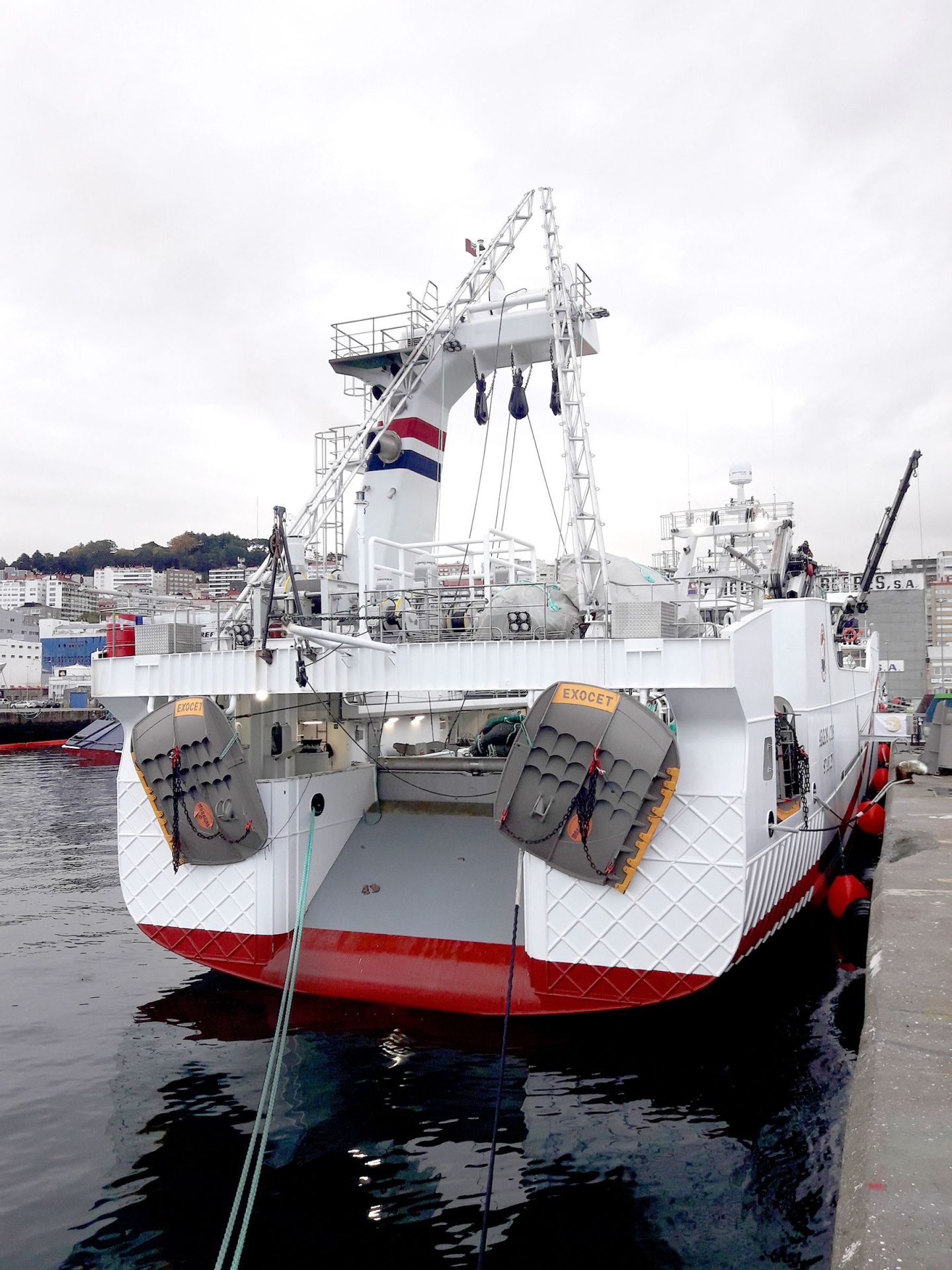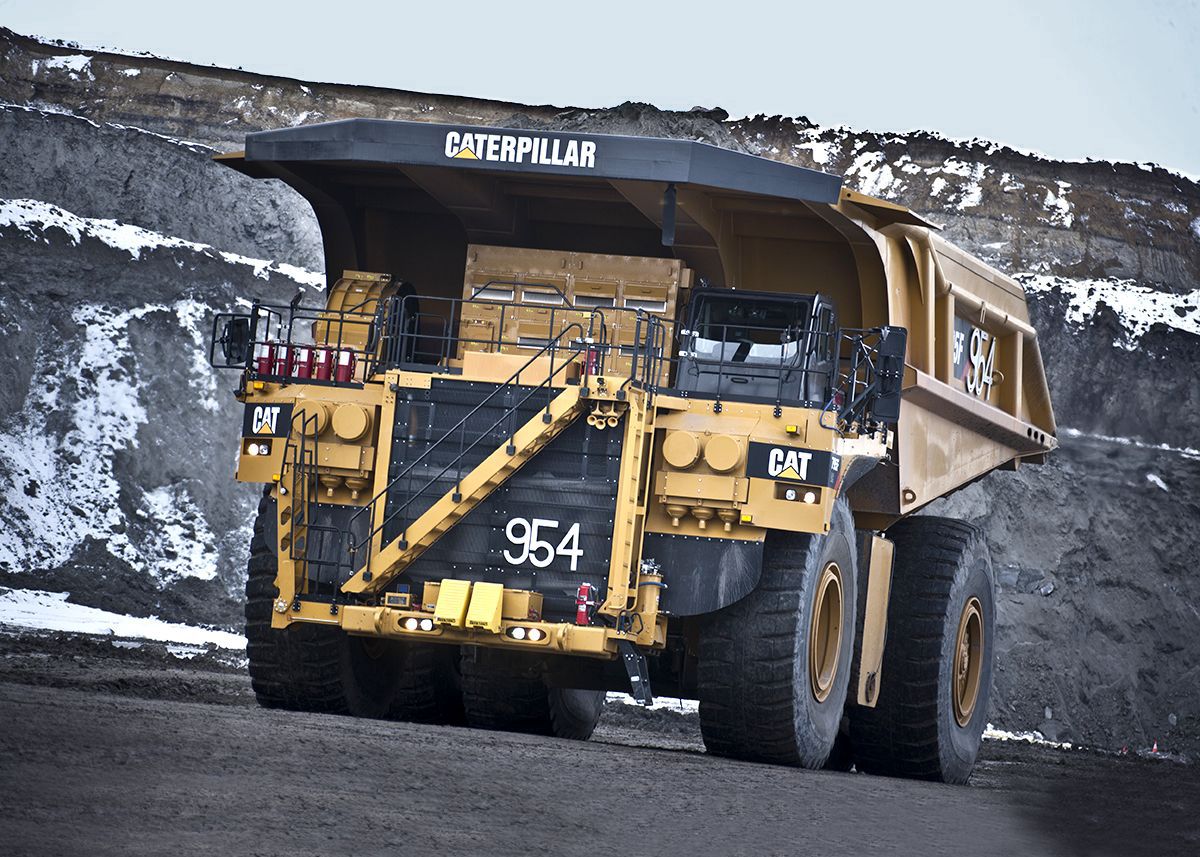NEWS
Dry ice for Moravian wine
By Jiří Svatoš, Messer Technogas
Czech Republic | The Kolby wine-growing estate in Pouzdřany, southern Moravia, uses dry ice to cool its grapes immediately after harvesting and thus ensure the right conditions for the proper maceration of the mash and draining of the wine must. Messer has installed a liquid CO₂ storage tank as well as a pelletizer for dry ice production at the estate and also supplies the carbon dioxide. Kolby combines traditional and modern wine-making methods: the grapes are harvested by hand and carefully pressed. The first step is maceration of the must, which is followed by controlled fermentation and careful filtering. The estate’s vines grow on the south-facing slopes of this prominent location, which goes by the same name.

Quick cleaning with dry ice
By David Oehler, ASCO CARBON DIOXIDE
Switzerland | It now only takes 15 minutes rather than three hours to clean the workpiece carriers on a production line at Festo Microtechnology in Pieterlen. This speeding up of the process was achieved through integrated dry ice blasting. Previously, the workpiece carriers had to be removed from the valve component production unit, washed by hand in the small component cleaning unit and then installed again. Now they are cleaned with dry ice directly on the line. This process also uses the new P75i dry ice pelletizer recently launched by ASCO. ASCO and Festo developed the permanently integrated cleaning stage in collaboration with the manufacturer of the production line. The only manual effort required now is to connect the ASCOJET dry ice blasting unit and fill it with dry ice pellets. All oil residues are automatically cleaned off the workpiece carriers in three runs. The result is a complete and even cleaning process that neither leaves any residue nor requires the disposal of detergents.
Messer supports student racing team
By Edvard Bjelajac, Messer Slovenija
Slovenia | Messer is supporting the University of Ljubljana’s Formula Student Team with gases and welding know-how. Formula Student is a competition in which student teams from around the world compete against each other in self-constructed racing cars. In this race series, it is not just the results of the actual races that matter. Points are also awarded for technical aspects such as vehicle production and costs as well as design, durability and efficiency. Formula Student is the largest international competition for mechanical and electrical engineering students. Races are held in three different categories – combustion engine, autonomous and electric.

View into the cockpit of the self-constructed racing car.
Fish love oxygen to go
By David Bek, Messer Technogas
Czech Republic | The Blatenská Ryba fish farm in Blatná, southern Bohemia, uses oxygen to create ideal conditions for its fish during live transport. Mounted on the truck is a 200-litre tank from which the gas is continuously fed into the water in the transport tanks. The oxygen is regularly replenished from a large stationary tank at the company’s facility. Messer installed this tank and supplies the gas. Blatenská Ryba also uses it in a modern recirculating aquaculture system for carp farming. Apart from fish farming, the company is also active in fish processing and the manufacture of fish farming equipment.
Shielding gas for trawl doors
By Caroline Blauvac and Arnaud Menec, Messer France
France | Saint-Malo based metal processor Morgère has been producing components for the fishing industry since 1902 and is one of the world’s leading suppliers of trawl doors. These contoured flat steel constructions are attached to the openings of trawl nets and keep the nets open during fishing. Morgère uses Messer’s triple saver mixture Ferroline C12X2 to weld the trawl doors, having successfully tested it at the factory. The mixture consists of argon, CO₂ and oxygen. Its use speeds up the welding process, reduces spatter and produces a smoother weld and better overall welding quality. The amount of rework required is also significantly reduced.

Massive investment in Indianapolis
By Gina Gibbs Foster, Messer Americas
USA | Messer is investing over 34 million euros (38 million US Dollars) to construct a new air separation plant in Indianapolis, Indiana. The production plant for the air gases oxygen, nitrogen and argon is scheduled to go into operation in early 2021. It will produce industrial and medical grade gases for various sectors of the local and regional economy, including the healthcare, chemical, food, glass and metal industries. It will further strengthen Messer’s presence in the Midwest. “This investment underscores Messer’s commitment to strategic expansion in the US to meet growing market demand,” said Jens Lühring, President and CEO of Messer Americas. “We chose to invest in Indianapolis due to its strong pro-business climate and optimal proximity to customers.”
Welding gases for heavy equipment
By Kriszta Lovas, Messer Hungarogáz
Hungary | Heavy machinery manufacturer Caterpillar uses argon and carbon dioxide from Messer to weld excavator shovels, loaders and other earth-moving components at its factory in Gödöllö, Hungary. The gases are supplied in liquid form and mixed at Caterpillar. A mixture of 82 per cent argon and 18 per cent CO₂ is used for manual MAG welding; robot welding involves the use of a reduced quantity of active gas. Messer also supports the customer by providing application-specific advice and by carrying out system audits and inspections of welding equipment. Incidentally, the company name goes back to a real innovation which enabled Caterpillar founder Benjamin Holt to improve the traction of his agricultural machinery at the beginning of the 20th century. He replaced the tractor wheels with a combination of chains and blocks of wood. An observer of the first successful tests was impressed by the “caterpillar-like movement” of the implement. Holt seized on the idea and named his company Caterpillar.

